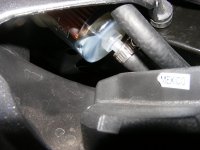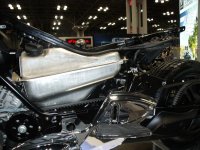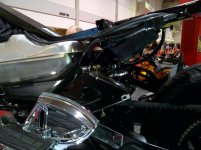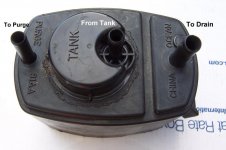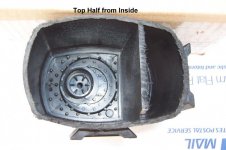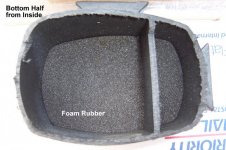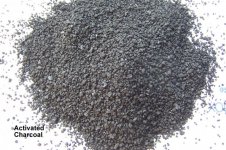AZCowboy
New member
Gas fumes and mpg
No I left the cat alone and yes it does put out heat but not to the gas tank. It was the 2 manifold pipes that was heating up the gas tank and creating all the gas fumes. When I wrapped the manifold pipes it cooled it down so much that I didn't have a boiling gas tank or hot glove box. then I took out the factory air box and replaced it with Air Filter Kit Performance Can-Am Spyder RS and RT,
http://www.kewlmetalstore.com/index.php?cPath=5_43&osCsid=a8ab7cc714af676fa2f71b20b3a27625 I get 25% more air and a deep throat sound plus more mpg as well as more power. What a world of a difference and I can now see the top of the engine as well as getting to the front spark plug easy. That in proved my power and mpg. You can replace your cat that looks like that cat but a strait flow instead. RT Cat-Bypass is now available at www.spyder1attitude.com. RJ
RJ
Did you do anything with the cat like wrap it or remove it? Seems like that is a high heat source right under the gas tank.
No I left the cat alone and yes it does put out heat but not to the gas tank. It was the 2 manifold pipes that was heating up the gas tank and creating all the gas fumes. When I wrapped the manifold pipes it cooled it down so much that I didn't have a boiling gas tank or hot glove box. then I took out the factory air box and replaced it with Air Filter Kit Performance Can-Am Spyder RS and RT,
http://www.kewlmetalstore.com/index.php?cPath=5_43&osCsid=a8ab7cc714af676fa2f71b20b3a27625 I get 25% more air and a deep throat sound plus more mpg as well as more power. What a world of a difference and I can now see the top of the engine as well as getting to the front spark plug easy. That in proved my power and mpg. You can replace your cat that looks like that cat but a strait flow instead. RT Cat-Bypass is now available at www.spyder1attitude.com.

